The aquaponics system is a type of integrative cultivation used inside greenhouses, which combines plants and fish; According to this system, plants depend for their food on fish waste, and fish, in turn, depend on nutrients added to plant water, such as calcium and potassium.. What are the components and modus operandi of the aquaponics system?
قائمة المحتوى
Definition of the aquaponics system
- It represents one of the modern fish farming systems and methods.
- Since traditional farming does not allow all types of fish to be raised all year round, many have resorted to the aquaponic system.
- This is because it allows complete control of the environmental conditions, including the appropriate temperatures for the fish and plants grown.
- This comes as a result of employing the fish culture system inside the heating and different cooling systems.
- In addition; The aquaponics system includes many advantages, including the exploitation of small spaces, such as rooftops and gardens.
- It also allows obtaining healthy (organic) products, whether from fish or plants, of high quality, due to its reliance on a natural nutrition system.
Know more about the types and features of fish farming
Aquaponic System Components
- Tanks of a round shape, for use in fish farming.
- Water pumps, to be selected according to the required capacity, to suit the size of the greenhouse.
- Plant tubes, 6:4″ in diameter, depending on the type of plant to be planted.
- CPVC connections, 16 mm in diameter; For use in connecting plant growing tubes to fish tanks.
- Oxygen pumps, also selected according to the required capacity and suitable for the size of the house.
- Cups for growing plants, in addition to pearlite for this purpose.
- Trays for plant seedlings.
How the aquaponics system works
- Fish tanks, plant growing tubes, water and oxygen pumps are set up and tested, to ensure they function properly.
- Then, the fish farming tanks are filled with water, and they must be left for at least an hour; Until the percentage of chlorine in it flies.
- Or you can use sodium cyiosulfate (chlorine solvent), and put 40 tablets of it per 600 liters of water.
- In this case, the solvent is also left in the water for at least an hour, before placing the fish in it.
- Then the oxygen pumps are turned on, and the fish are introduced to the tanks.
- Three days after the introduction of the fish, the plants are placed in the place designated for them, and then the system is fully operational.
The most important fish and plants that can be grown inside the greenhouse
The most important types of fish that can be raised inside greenhouses are tilapia, mullet, and eel (or eel).
It is also possible to grow crops, both fruitful, such as cucumbers, strawberries, cowpeas, peas and tomatoes.
Or leafy ones, such as lettuce, dill, watercress, radish, parsley…etc.
See some examples of successful aquaponics projects</ p>
Nutrition within the Aquaponics System
- There are two types of feed that can be used, namely floating feed and submersible feed.
- But floating feed is the most suitable for beginners, because it makes it easier to follow the fish, and give it an amount that suits its consumption.
- The appropriate amount of feed is calculated every 15 days.
- The fish tanks should also be monitored, and the time they need to devour the feed, and this period is supposed to be half an hour.
- If the fish devoured the feed, in a shorter period of time than the aforementioned; Next time, the amount of feed should be increased gradually.
- If the fodder remains for more than half an hour or more; The amount used should be reduced.
Fish cycle in the aquaponics system
Allocated duration variesThe cycle of fish, according to the species being raised, and this period varies within one species according to its size.
larvae, whose weight does not exceed one gram, as well as fingerlings, whose weight ranges between 5-20 grams, the duration of their rearing cycle is as follows:
- tilapia: from 6:4 months.
- mullet: from 16:12 months.
- Shrimp: from 12:6 months.
- En: 12-18 months.
Density of fish per cubic meter
- tilapia: from 200:150 fry.
- mullet: from 100:75 fry.
- Shrimp: from 1000:800 fry.
- Eel: from 125:100 fry.
As for the production quantity; Usually 50:100 fish are produced, within one cubic meter.
It remains to point out that some beginners who use this system may suffer from some problems, such as blockage of the connections between fish farming tanks and plant growing tubes, which happens as a result of an increase in fish droppings, and in this case the solution is to increase the amount of plants Planted to suit the amount of fish.
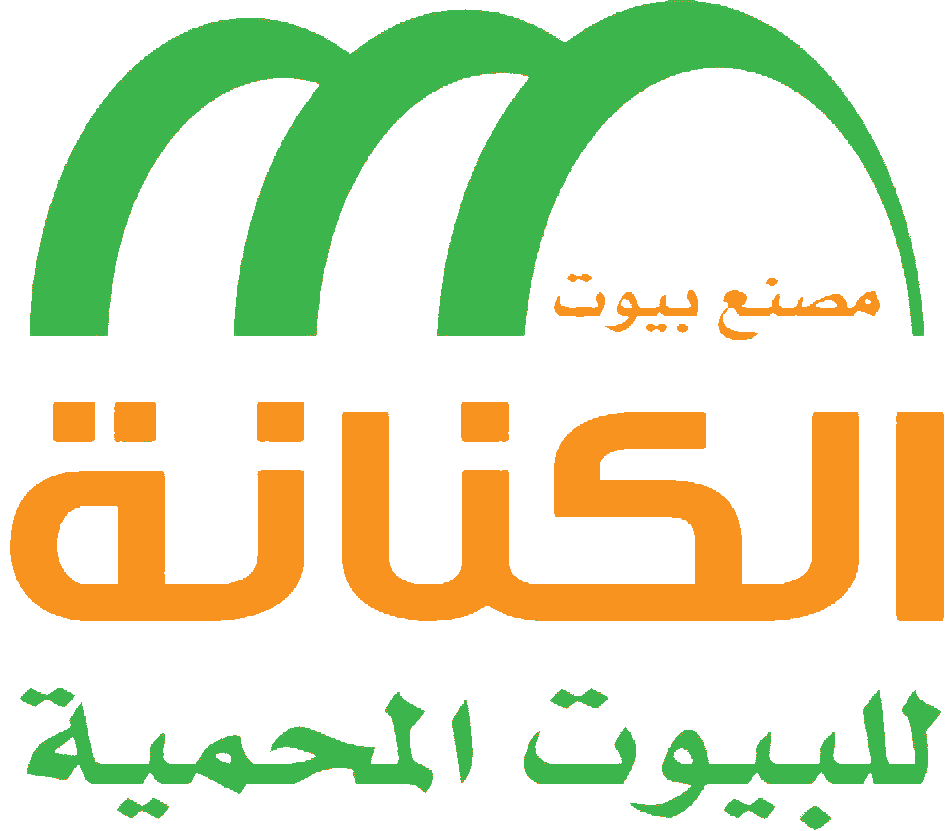
 then 'Add to home screen'
then 'Add to home screen' then 'Add to home screen'
then 'Add to home screen'
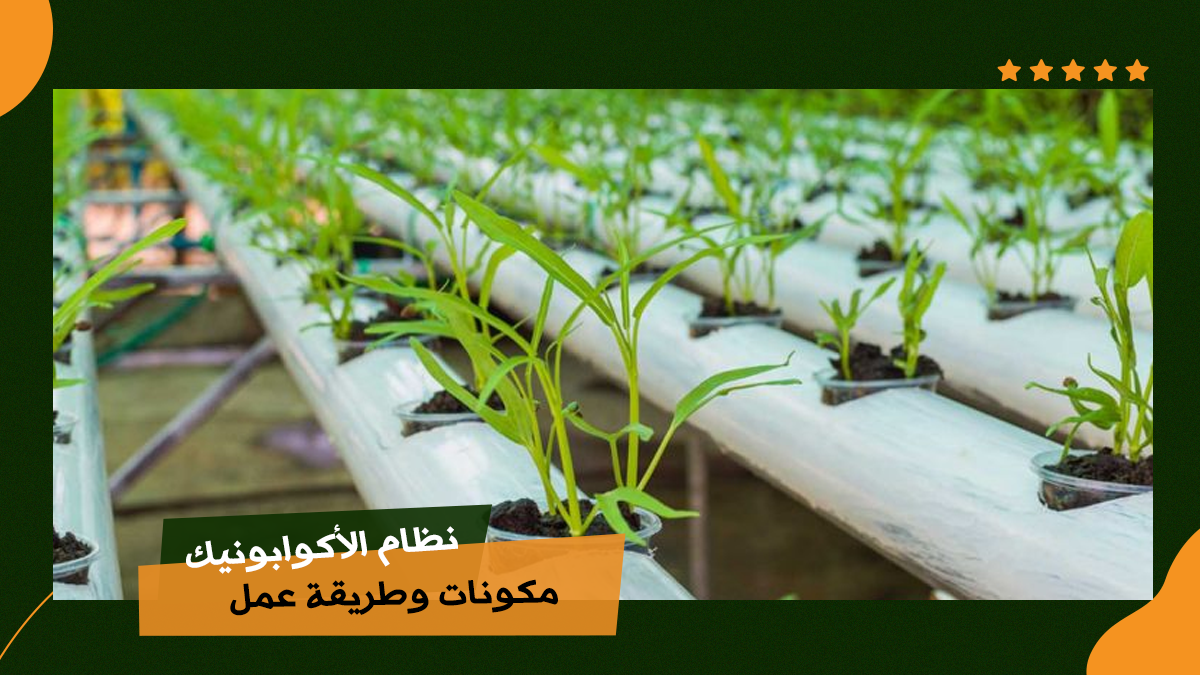
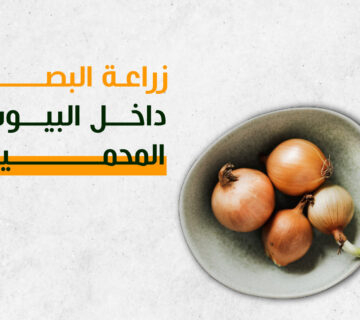
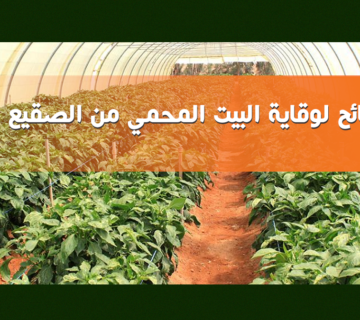


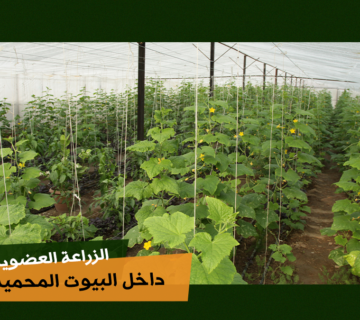
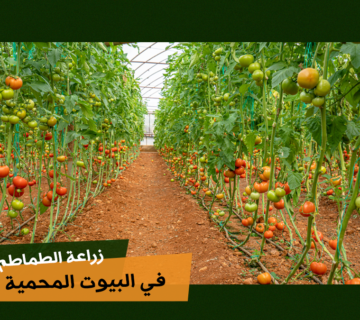
لا يوجد تعليقات